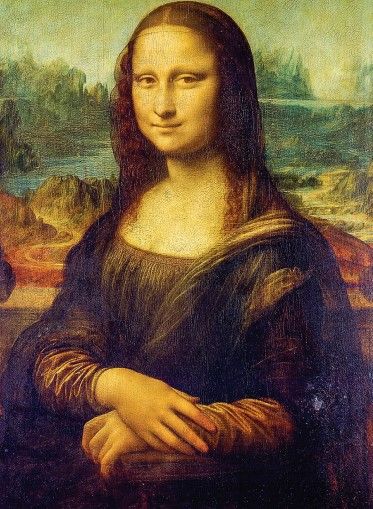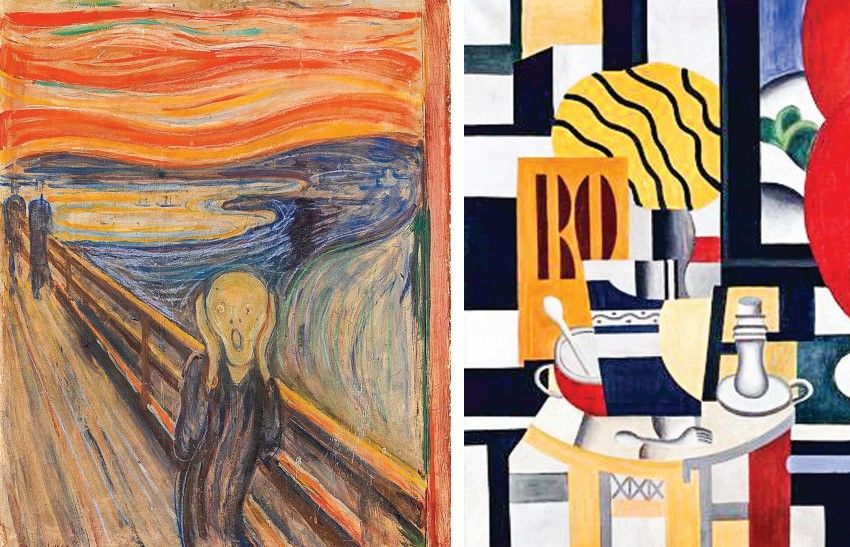Panic spread across the local art scene recently after National Artist Fernando Amorsolo’s Mango Harvesters was stolen from the Hofileña Museum in Silay City, Negros Occidental.
Thankfully, the painting has since been found and, as of writing, currently sits in the care of the National Museum. Some might wonder, what’s to gain from stealing artworks? Unlike cash or jewelry, artworks hold a bigger challenge as they are often harder to move around, recognizable as they are to the public eye. Nevertheless, this hasn’t stopped some from trying to nick priceless works over the years. Here’s a look at some of the biggest art heists in history.

The man who stole the Mona Lisa
Considered one of the most recognizable paintings of all time, it’s no surprise that Leonardo da Vinci’s ultimate masterpiece has fallen victim to theft in its lifetime. In 1911, Italian handyman Vincenzo Peruggia managed to sneak the painting out of the museum after it was closed for maintenance. He managed to keep it hidden until 1913 when he tried to sell it to an art dealer in Italy. Peruggia claims he stole the painting in hopes of bringing it back to its home country, leading some to applaud his efforts. It was returned to the Louvre in France in the same year.
An Olympic
heist Edvard Munch’s The Scream is known for its harrowing imagery, touted as a symbol of anxiety. Not known to many is that there are four versions of the iconic painting, two of which have been stolen on separate occasions—once in 1994, during the same day as the opening of that year’s Winter Olympics, and another in 2004. For the first heist, two men broke into Oslo’s National Gallery and left a cheeky note that thanked the museum for its “poor security.” The Scream was then held for ransom, with the thieves hoping to gain $1 million for its return. After the gallery refused, a sting operation was set up and the painting was recovered. Funnily enough, one of the thieves was previously arrested for also stealing a Munch painting in his younger years.

The Spider-Man of Paris
Notoriously known as the “Spider-Man of Paris,” Vjeran Tomic made headlines in 2011 after successfully stealing five paintings from the Musee d’Art Moderne in Paris in 2010. These works were Henri Matisse’s Pastoral, Pablo Picasso’s Dove with Green Peas, George Braque’s Olive Tree near Estaque, Modigliani’s Woman with a Fan, and Still Life with Candlestick by Fernand Léger. Originally, he only wanted to take Léger’s painting but decided to take the rest after no alarm went off when he took the first one. He was arrested a year later after he admitted to taking the paintings. A Netflix documentary, Vjeran Tomic: The SpiderMan of Paris, has Tomic himself talking about how he pulled off the job.
The Monuments Men
During WWII, it was no secret that Adolf Hitler had an affinity for the arts. After all, he was a failed art student. As his Nazi regime held its terrible reign over the majority of Europe, countless European works of art were taken by his army as their territories expanded. Hoping to save some paintings from falling into the hands of the Nazis, the Allies formed the Monuments, Fine Arts, and Archives Section Unit (MFAA), popularly referred to as the Monuments Men. Over 345 men and women kept track of countless works and monuments, all chipping in efforts to preserve and protect as much artwork as they could from the Axis powers. George Clooney’s The Monuments Men from 2014 provides a fun take on their story.